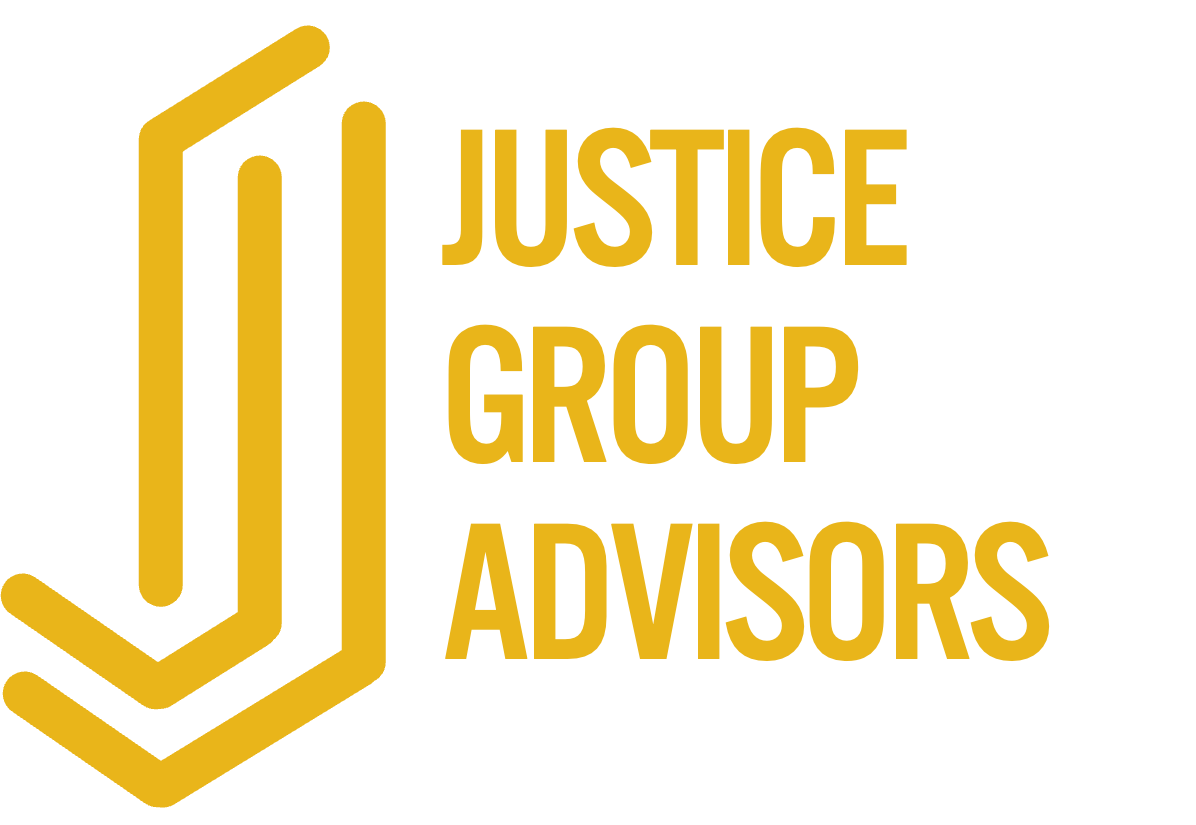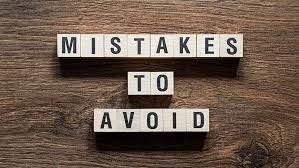Want Your Company to Pay for Coaching? Avoid These 5 Mistakes
Are you considering executive coaching and want your company to sponsor it? Many companies are willing to pay for coaching, but too few leaders secure the investment.
Before founding Justice Group Advisors, I often played the role of company gatekeeper, responsible for approving or denying requests for executive coaching. Unfortunately, more requests were denied than approved. It wasn't because we were opposed to coaching; it was because leaders often made one or more common mistakes.
In this post, you’ll learn five common mistakes and how to avoid them so you can convince your company to invest in coaching and accelerate your success.
Mistake #1: Making It About You, Not Them
When seeking funding for executive coaching, you must position it as a solution to a problem your company faces, not just one you do. And, it must be a big enough problem (for them) to warrant investment in a solution.
Solution: Frame your proposal to revolve around your organization's needs. Make it clear how your request benefits the organization, not just you.
Example: Want coaching to help you lead your team more effectively? Help them see how that would translate to higher productivity, lower attrition, and increased engagement.
Mistake #2: Surprising Your Boss
Ensure your sponsor is aware of the problem, acknowledges the need for a solution, and knows that you’ve already been trying to address it. Your request for coaching should come as a welcome solution, not a surprise.
Solution: Create alignment on the challenge and the need to solve it. Gradually establish a context where your proposal becomes a logical progression in ongoing discussions.
Example: What challenges are you having with your team? How is that impacting the company’s success? What have you already tried and why isn’t it enough?
Mistake #3: Appearing Fixated on Coaching
Coaching is not the best solution to every problem. Your proposal should not be framed as a request to “get a coach”. Instead, it should objectively present coaching as the best solution, supported by an analysis of other options and their pros and cons.
Solution: Take an analytical and data-driven approach, evaluating various ways to solve the problem. Consider the "null case"—what happens if you continue as is?
Example: Other solutions could include attending a training program, getting a mentor, sending your team to training, or continuing the tactics you’ve already employed.
Mistake #4: Not Providing a Clear Path to Success
Without at least a high-level plan it is difficult for sponsors to approve your request. Remember, you’re recommending coaching to solve their problem, not just yours; make it easy for them to say “yes” by showing them when and how they can expect results.
Solution: Create an implementation plan with objectives, key performance indicators, a timeline, and feedback mechanisms. Strike a balance between specificity and flexibility.
Example: How long will the coaching engagement last? It is easier to approve a 6-month program with three phases and clear performance metrics than it is to approve an open-ended proposal.
Mistake #5: Not Communicating your Case Effectively
A well-structured, well-timed, and persuasive presentation can make all the difference in securing funding for coaching. Consider your pitch as the gateway to a more in-depth discussion about your proposal and don’t rush it. Sometimes it takes multiple conversations to get to “yes”.
Solution: Craft a compelling pitch, present it in person, and give your sponsor time and space to react. Avoid the temptation to email your proposal.
Example: Let your sponsor know that you’ve been thinking more about how to solve the challenges with your team and you want to talk to them about it in your next one-on-one meeting.
Take the Next Step
Executive coaching benefits leaders and companies, alike. The key to getting your company to invest in your success with executive coaching is to help them see how it is also an investment in their success. Make it easy for them to say “yes” by avoiding these all-too-common mistakes.
Want to see if you have a business case for coaching that is likely to get funded? Take my quick 10-question quiz. In less than 2 minutes, you’ll learn if you have a business case for coaching that is likely to get funded. You'll also receive personalized results and insider tips to help you make a persuasive case.
Join the conversation on LinkedIn—>


